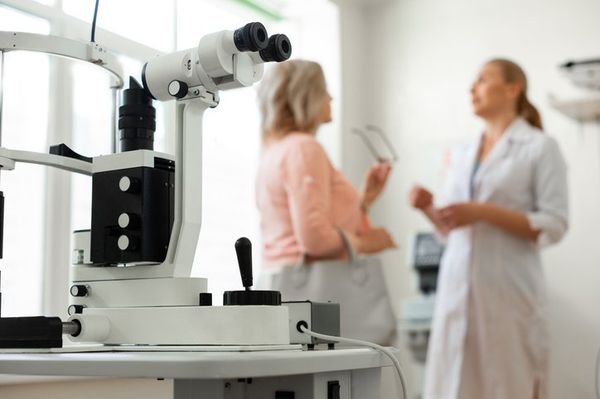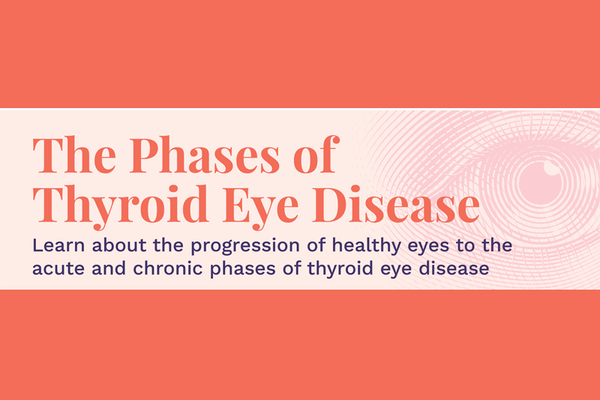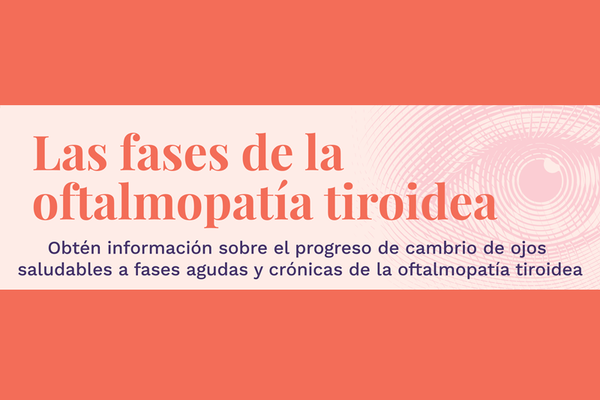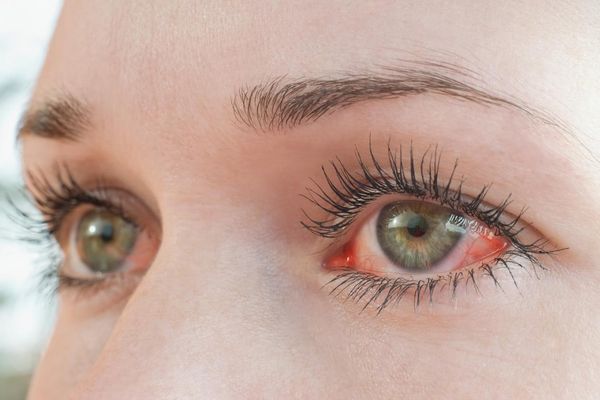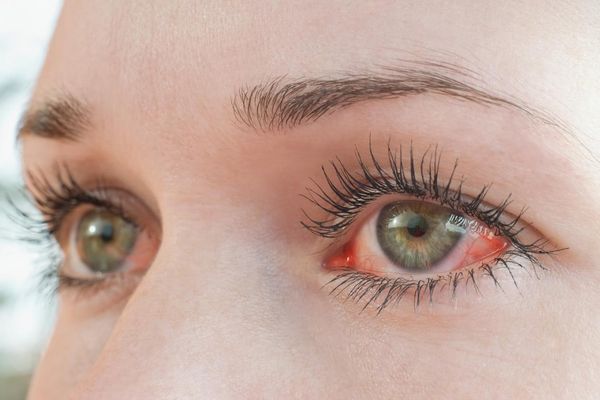Nearly one in five U.S. women suffers from chronic dry eye, a condition with symptoms that may include itching, burning or stinging. If you suspect you may have chronic dry eye or have been recently diagnosed with the condition, you probably have some questions. Here are some frequently asked questions and answers to help:
What is chronic dry eye?
Chronic dry eye occurs when the eyes are unable to maintain their normal healthy coating of tears. Each time we blink, tears spread across the surface of our eyes to wash away invaders, lubricate the eyes, reduce the risk of infection and keep eyes smooth and clear. Those tears then drain into the ducts at the corners of our eyelids and into the back of the nose. When tears evaporate or drain more quickly than they're produced, chronic dry eye occurs.
What are the symptoms of chronic dry eye?
Symptoms of chronic dry eye include:
- Dryness or itching
- Burning or stinging
- Watering eyes
- Sensitivity to light
- A gritty or sandy sensation
- Feeling like something is in your eye
- Blurry vision
- Problems wearing contact lenses
- Pain and redness in the eyes
What causes Chronic Dry Eye?
Chronic dry eye is a chronic disease that can be caused by advanced age, contact lens wear, certain medications, eye diseases, other medical conditions or environmental factors. One type of chronic dry eye disease is caused by reduced tear production due to inflammation.
Chronic dry eye is more common in people over 50 years old and occurs somewhat more frequently in women than in men. It may be associated with hormonal changes, common when women are experiencing menopause or are postmenopausal. It may also be associated with other eye or health conditions such as glaucoma, diabetes, lupus, rheumatoid arthritis and Sjögren's.
How can I find out if I have chronic dry eye?
If you think you might have chronic dry eye, make an appointment with your eye care professional and have a good conversation about your eyes. A recent online survey of 1,053 adult Americans conducted by Allergan, makers of Restasis Multidose® (cyclosporine ophthalmic emulsion) 0.05%, and Kelton Global revealed more than half of respondents (53 percent) say they're most comfortable speaking about their health with a general practitioner, with only 6 percent saying the same about their eye doctor. However, the conversation with your eye care professional is just as important as the physical exam in identifying symptoms, determining a diagnosis and developing a customized treatment plan that is right for you. While many of those surveyed raised concerns about a change in vision during a visit to their eye doctor, respondents were less likely to bring up issues like burning or stinging (9 percent), redness (9 percent) or watering eyes (15 percent). Be open in discussing any changes or concerns at your eye doctor appointment, even if you don't think there's an issue; don't dismiss shifts in eye health as a natural consequence of aging or assume issues are minor or temporary and will go away on their own. For example, pay attention if your eyes are red in the morning, if you suddenly have problems wearing contacts or if you use artificial tears often or for a long time. A conversation with your doctor can help identify things that might not turn up in the eye exam and spot signs of health conditions that first manifest with eye symptoms. Talking openly and honestly will help your eye care professional accurately diagnose your problem and recommend the treatment that is right for you. The conversation you have with your eye doctor is essential in receiving the right diagnosis, especially when it comes to chronic dry eye, a common but often overlooked condition.
How can I make the most of my appointment with my eye care professional?
Make a mental list of the symptoms you've been experiencing and any questions you have prior to your eye doctor appointment. Be prepared to talk about other health conditions you suffer from or any family health history that could be of note. If your eyes feel dry, you may have a type of chronic dry eye. Take the short dry eye quiz on Restasis.com before your visit and discuss results with your eye care professional. Additionally, bring a list of all medicines and supplements you are taking, both prescription and over-the-counter, and be sure to include dosages. If you are seeking a second opinion from a different eye care professional, bring a list of the eye medication that was tried and what worked and what did not work.
Are there lifestyle changes I can try to improve my dry eye symptoms?
There are some things you can try on your own. They include blinking regularly when you are staring at a computer screen for extended periods; increasing the humidity in the air of your work and home environments; wearing sunglasses outdoors to reduce exposure to wind and sun; and drinking eight to 10 glasses of water a day to prevent dehydration.
What are treatment option categories for chronic dry eye or a type of chronic dry eye?
The primary treatment approaches involve adding tears, conserving tears and increasing tear production.
- Adding tears: For mild cases of chronic dry eye, over-the-counter artificial tear solutions may be sufficient to supplement natural tears. Your eye care professional will most likely recommend a preservative-free solution, such as Refresh Optive Mega-3, NanoTears MXP Forte, Systane Ultra and others. If your eyes don't respond to the OTC remedy, you may need additional treatments.
- Conserving tears: Treatments that block the tear ducts through which tears normally drain can help preserve your natural tears. The ducts may be blocked with tiny removable silicone or gel-like plugs or surgery that permanently blocks them to keep natural tears in the eye longer or with temporary dissolvable plugs which are made of collagen or a dissolvable suture material and last weeks to months.
- Increased tear production: Your eye care professional may recommend a prescription treatment, such as Restasis Multidose®, which helps increase your eyes' natural ability to produce tears, which may be reduced by inflammation due to chronic dry eye. Restasis Multidose® is the only FDA-approved, preservative-free, prescription eye drop in the United States available in a multidose bottle. Restasis® (cyclosporine ophthalmic emulsion) 0.05% is also available in single-dose vials.
- Reducing inflammation: Your eye doctor might also recommend prescription eye drops or ointments, warm compresses, lid massages or eyelid cleaners to help decrease inflammation around the surface of the eyes.
- Other options: There are other treatments available, such as taking omega-3 fatty acid supplements.
Can I still wear contacts if I have chronic dry eye?
Yes. There are contact lenses specifically designed for people with chronic dry eye, but you must carefully follow the wearing schedule. Some prescription eye drops should not be used while wearing contact lenses; with Restasis Multidose®, contacts should be removed before use and then reinserted 15 minutes after applying the medication. Also, use rewetting drops frequently, especially before you remove your lenses and if you are reading or using the computer.



